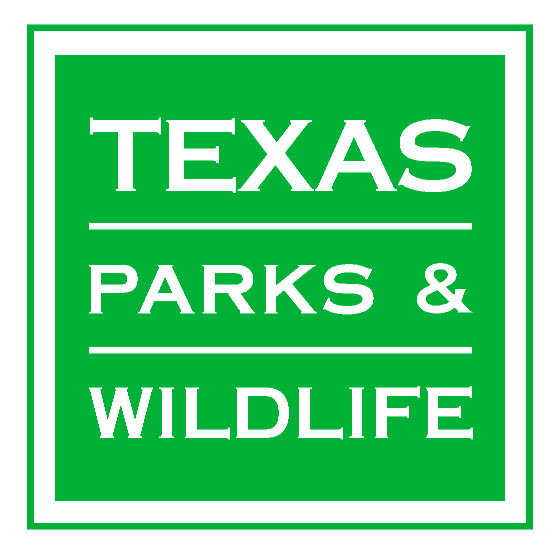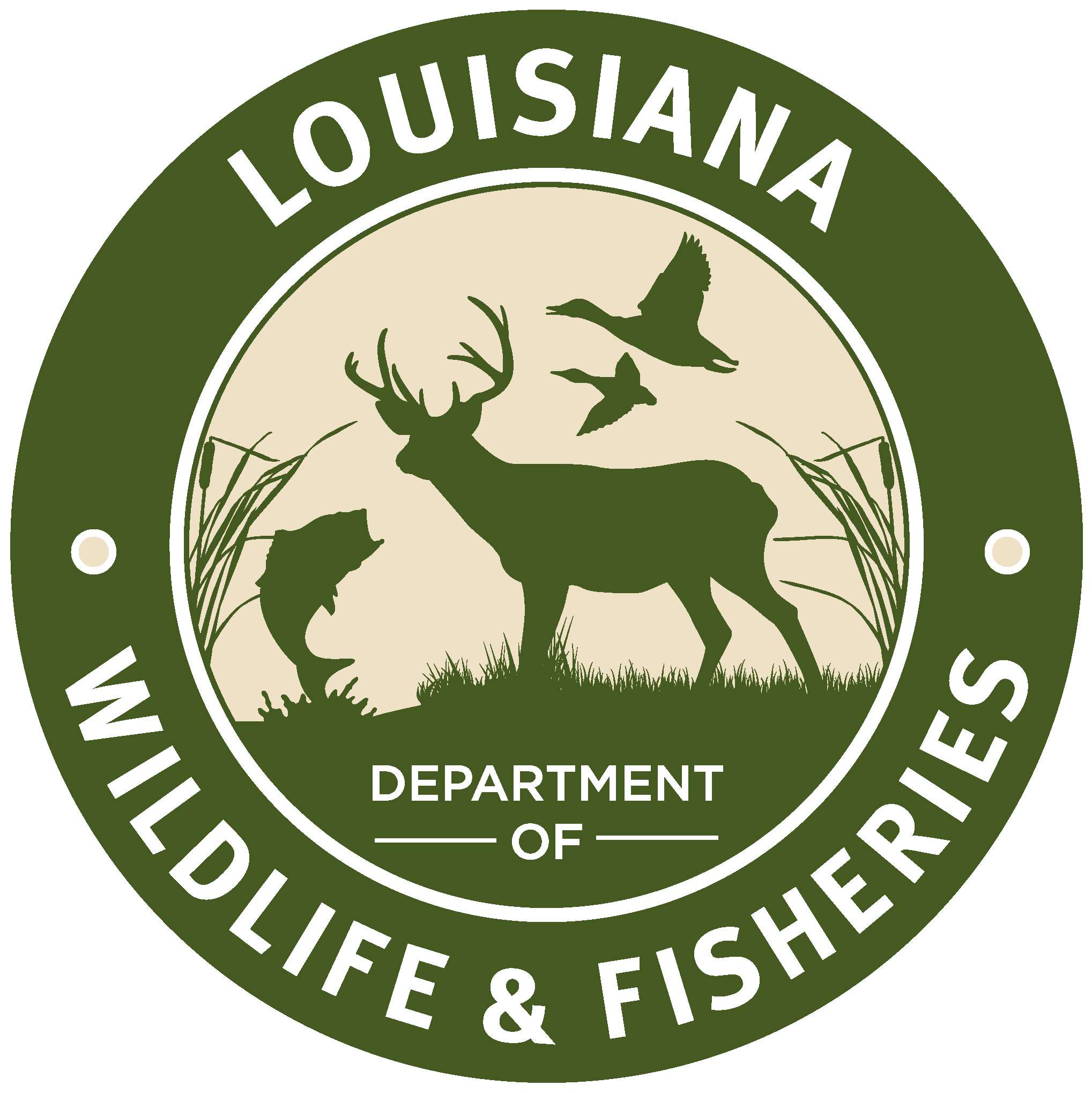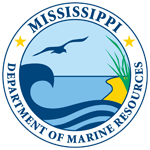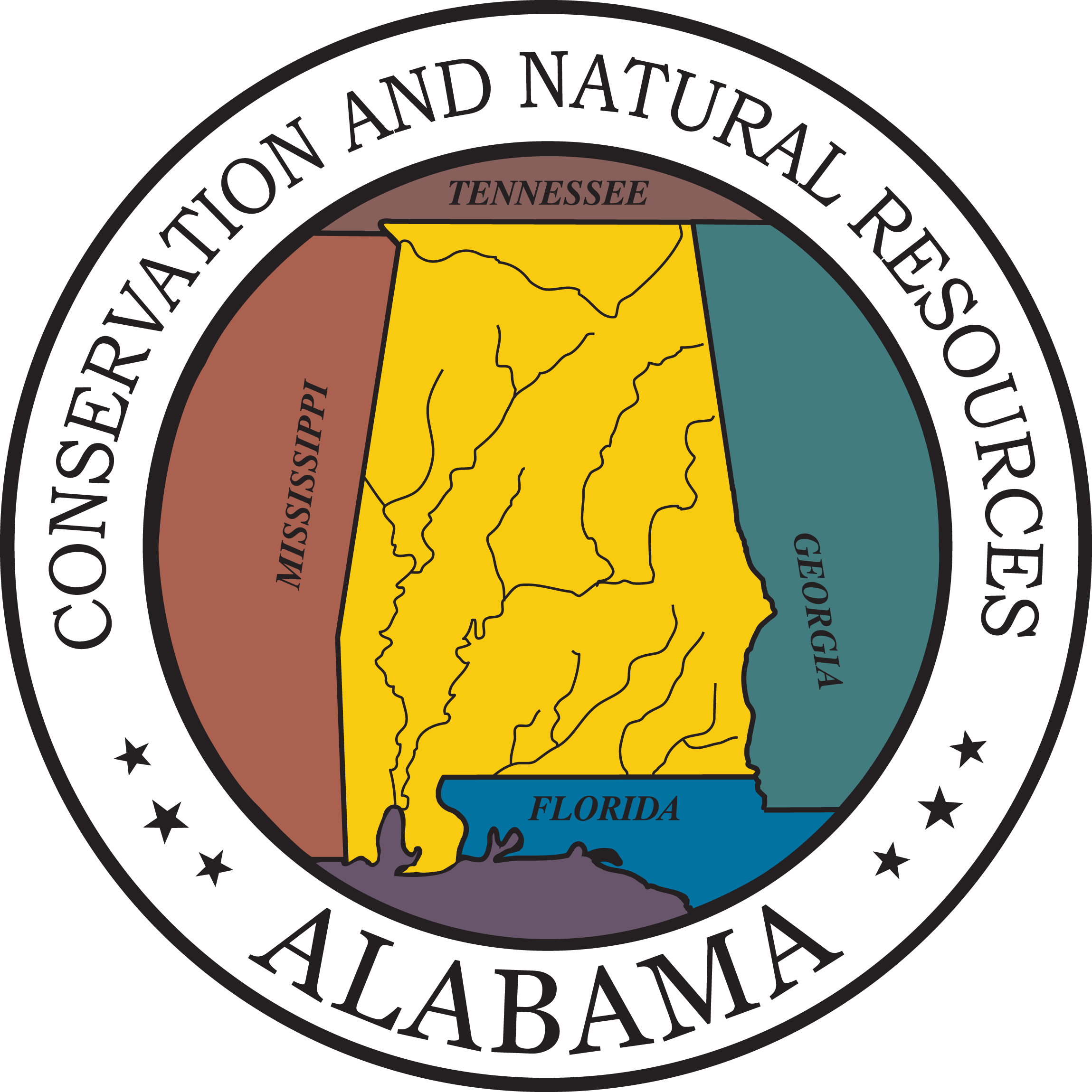
SEAMAP Gulf of America Resource Surveys
PLANKTON SURVEYS

Plankton samples are taken at stations arranged in a systematic grid across the Gulf of Mexico. Such a grid is chosen because of the large survey area. Stations are set at minimum intervals of 30 miles (1/2 degree) and during the Fall Plankton Survey, Mississippi samples stations set at intervals of 6 nautical miles.

Plankton sampling gear consists of standard 61-cm bongos and a 2x1-m neuston net for the large vessels. The bongos are fitted with 0.333-mm mesh nets with either hard (PVC) or soft (0.333-mm mesh net) cod ends. The neuston net consists of a 2x1-m pipe frame fitted with a 0.948-mm mesh net on which the cod end is tied off.
At each designated plankton station, either an oblique bongo and surface neuston tow or a surface neuston tow is made. At bongo stations a standard oblique tow is made to 200 m, or to 2 m off the bottom at depths less than 200 m. Neuston tows are made at the surface with the net half-submerged for 10 minutes at a vessel speed of 1.5 knots.
All ichthyoplankton components (eggs and larvae) are removed from each sample and the fish larvae identified to the lowest feasible taxon (families in most cases).
Spring Plankton Survey

The objectives of the Spring Plankton Survey are to collect ichthyoplankton samples for estimates of the abundance and distribution of Atlantic bluefin tuna larvae and collect environmental data at all ichthyoplankton stations. Plankton samples are taken with standard SEAMAP bongo and neuston samplers. In addition, hydrographic data (surface chlorophylls, salinity, temperature and dissolved oxygen from surface, midwater and near bottom, and Forel-Ule color) are collected at all stations.
Fall Plankton Survey
The objective of the Fall Plankton Survey is to collect ichthyoplankton samples with bongo and neuston gear for the purpose of estimating abundance and defining the distribution of eggs, larvae, and small juveniles of Gulf of America fishes, particularly king and Spanish mackerel, lutjanids and sciaenids. Plankton samples are taken with standard SEAMAP bongo and neuston samplers. In addition, hydrographic data (surface chlorophylls, salinity, temperature and dissolved oxygen from surface, midwater and near bottom, and Forel-Ule color) are collected at all stations.
ENVIRONMENTAL DATA

Standardized methodology is used although the actual parameters measured varied among vessels participating in each survey. These parameters are measured based on equipment availability. The following parameters are recorded:
- Vessel: Vessel code for each vessel.
- Station: Station identifiers vary by state and vessel.
- Cruise: Cruise numbers vary by state and vessels.
- Date: Month/Day/Year.
- Time: Local time and time zone, recorded at the start of sampling.
- Latitude/longitude: Recorded to seconds.
- Barometric pressure: Recorded in millibars.
- Wave height: Estimated visually in meters.
- Wind speed and direction: Recorded in knots with direction recorded in compass degrees from which the wind is blowing.
- Air temperature: Recorded in Centigrade.
- Cloud cover: Estimated visually in percent cloud cover.
- Secchi depth: Secchi depth in meters, estimated at each daylight station. Standard oceanographic 30-cm white discs are lowered until no longer visible, then raised until visible. If different depths are recorded, an average is used.
- Water Color: Forel-Ule data is recorded.
The following parameters are measured at the surface, mid-depth and bottom; for bottom depths greater than 200 m, samples are taken at surface, 100 m and 200 m:

- Water temperature: Temperatures are measured by a hand-held thermometer or by in situ electronic sensors onboard ship.
- Salinity: Salinity samples are collected by Niskin bottles and stored for laboratory analysis with a salinometer. Conductivity probes or refractometers are used on some vessels. Salinity samples are also measured with in situ electronic sensors.
- Chlorophyll: Chlorophyll samples are collected and frozen for later laboratory analysis. Laboratory analyses for chlorophyll a and phaeophytin a (a chlorophyll degradation product) are conducted by fluorometry and spectrophotometry. In addition, chlorophyll data are also collected using a CTD. This method only obtains measures of chlorophyll a and is a measure of fluorescence.
- Dissolved oxygen: Dissolved oxygen values are measured by electronic probes or by the Winkler titration method.
- Turbidity: Turbidity values are measured by electronic probes when equipment is available.
TRAWL SURVEYS
Summer Shrimp/Groundfish Survey

Objectives of the Summer Shrimp/Groundfish Survey are to monitor size and distribution of penaeid shrimp during or prior to migration of brown shrimp from bays to the open Gulf; aid in evaluating the "Texas Closure" management measure of the Gulf of Mexico Fishery Management Council's Shrimp Fishery Management Plan; and provide information on shrimp and groundfish stocks across the Gulf of America from inshore waters to 60 fm.

Trawl stations sampled by NMFS, Florida, Alabama, Mississippi and Louisiana are made with a standard SEAMAP 42-ft net. In the fall of 2008, NMFS changed their method of selecting sampling sites. The states adopted this change beginning in 2010. Diurnal stratifications were dropped in the selection process, and geographic strata (which were mostly 2 to 3 statistical zone groupings) were changed to single zones. Both station selection methods, the old and the new, are probability-based designs. With probability sampling, each element in the sampling universe has a known, positive probability of selection. This property of probability sampling avoids selection bias and enables one to use statistical theory to make valid inferences from the sample to the survey population. More specifically, the new method employs proportional allocation. In this type of sampling, a unit’s selection probability is proportional to its size measure which in this case is geographical surface area. For example, if Unit A has twice the surface area of Unit B, then Unit A will have twice the probability of having a sample selected from it than B. The end result is that Unit A will have about twice the number of samples as B. In addition, each statistical zone was divided into two depth zones, 5-20 and 21-60 fathoms. Locations inside of marine protected areas or habitat areas of particular concern were removed from the sampling universe prior to the selection process. Even though diurnal strata were dropped in the sampling site selection process, this information is not lost since samples can be post-stratified. The following is an example of how sampling sites are now selected.
Three raster files were downloaded from //www.ngdc.noaa.gov/mgg/coastal/crm.html to get bathymetry for the entire Gulf of America. The three files were combined to form a single bathymetry layer. The raster file was converted from meters to fathoms. A 5 fathom and 60 fathom contour was created and then converted to polylines. Ship channels were deleted from the 5-fathom contour where they entered passes into the estuaries. The 5 fathom and 60 contours were combined to form a polygon. The initial 5-60 fathom polygon used for this process represents approximately 242,327 km2 of available habitat across the entire Gulf of America. A 20-fathom contour was also produced and combined with the 5-60 fathom polygon to divide the polygon into a 5-20 fathom and 20-60 fathom depth zone.

The NMFS statistical zones were then added to produce a polygon with 38 parts. The polygon contained a shallow and deep depth zone for statistical zones 2-21. Minor portions of statistical zone 12 were added to statistical zone 11 and statistical zone 13 since only a very little bit of statistical zone 12 falls within the 5-60 fathom depth contour.
All Penaeus spp. shrimp are separated from the trawl catch at each station. A random sample of up to 50 of each species from each trawl catch are processed for sex and individual weights. Total number and total weight by sex are recorded. Individual lengths are recorded for all sexed shrimp. Individual weights are recorded for every fifth sexed shrimp. Other species of fishes and invertebrates are identified, enumerated and weighed. Weights and individual measurements on selected species other than commercial shrimp are also recorded.
Fall Shrimp/Groundfish Survey

The objectives of the Fall Shrimp/Groundfish Survey are to sample the northern Gulf of America to determine abundance and distribution of demersal organisms from inshore waters to 60 fm; obtain length-frequency measurements for major finfish and shrimp species to determine population size structures; and collect environmental data to investigate potential relationships between abundance and distribution of organisms and environmental parameters.
The design of the fall survey is similar to the Summer Shrimp/Groundfish Survey. All organisms that are caught in the trawls are treated in the same manner as the Summer Shrimp/Groundfish Survey.

The design of the fall survey is similar to the Summer Shrimp/Groundfish Survey. All organisms that are caught in the trawls are treated in the same manner as the Summer Shrimp/Groundfish Survey with the exception to shrimp catches where only 20 shrimp of each species from every trawl are measured, although Louisiana measures a minimum of 50 shrimp.
REEF FISH SURVEYS
Reef Fish Survey

The primary purpose of the Reef Fish Survey is to assess relative abundance and compute population estimates of reef fish found on natural reef fish habitats in the Gulf of America. Video stereo cameras are used during the survey since they enable the measurement of length frequencies. Each stereo camera contains paired black-and-white Videre stereo cameras along with a color mpeg camera in a cylindrical pressure housing. Four of these are mounted in a camera array and are positioned orthogonally with the center of the camera mounted 51 cm above the bottom of the array. The camera array is baited with squid. The camera array is allowed to soak on the bottom for 30 minutes, and the fish trap soaks for one hour.
BOTTOM LONGLINE SURVEY

The SEAMAP Bottom Longline Survey survey complements an existing long-term fisheries independent survey currently being conducted by NOAA Fisheries, by targeting shark and finfish species within the shallow waters of the north central Gulf of America. The objectives of the survey are to collect information on coastal shark and finfish abundances and distribution with a 1-mile longline and to collect environmental data. One hundred gangions and hooks are attached equal distance along the 1-mile longline. The hooks soak for one hour.




